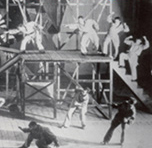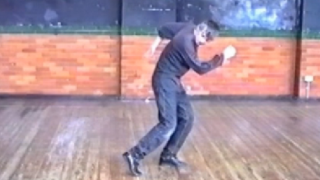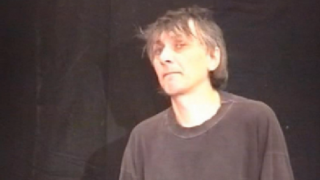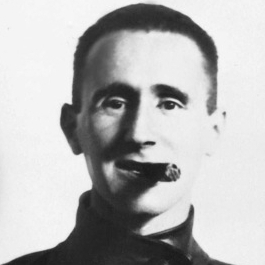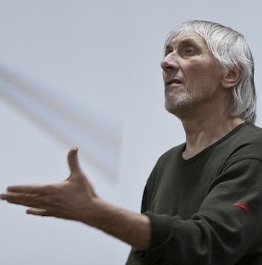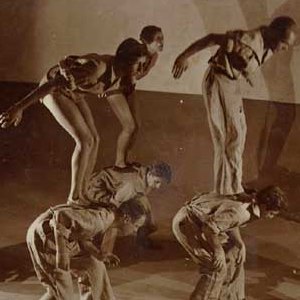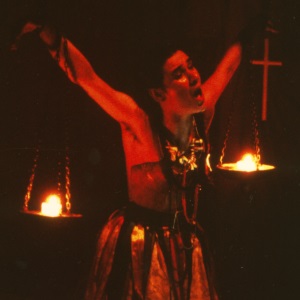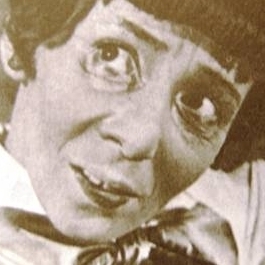Vsevolod Meyerhold is remembered predominantly for his radically stylised theatre productions and his invention of biomechanics for performer training, both of which have helped to displace the dominance of naturalism in Western theatre. His style focused on the performer’s physicality or plasticity rather than psychological realism or the play text. Meyerhold began by directing and acting in some of the earliest productions of Anton Chekhov in Russia, including those directed by Konstantin Stanislavsky. Stanislavsky was his teacher, director and mentor and helped Meyerhold by founding and letting him run the Moscow Art Theatre Studio. Recent interest in Meyerhold’s work, promulgated in part by Eugenio Barba, has focused extensively on his biomechanics, which attempted to encourage the performer’s awareness of ‘excitation’, based on his belief that the theatre event comprises a series of physical, visceral interactions that take place between the performer and the spectator – the physical action of the former exciting an embodied response in the latter. Meyerhold’s most celebrated and challenging productions were of Vladimir Mayakovsky’s Mystery-Bouffe (1918) and The Government Inspector (1926) by Nikolai Gogol. In 1940, after years of public attacks on his work, he was imprisoned and then shot dead. His reputation was officially rehabilitated in 1956 after Stalin was denounced. He is now considered one of the twentieth century’s most important directors, following growing interest in stylised and non-text-based theatre, as well as physical methods of performer training. He is celebrated not just for his personal fight for innovation but as much for his realisation of a system for preparing the actor for stylised work. Meyerhold demonstrates the artfulness and stamina needed to invent a new theatre performance style, to challenge accepted conventions and to question the works and thinking of predecessors and mentors. From the RCTP
**EXCLUSIVE NEW FEATURE** Find out more about Vsevolod Meyerhold via an RPA partner journal

